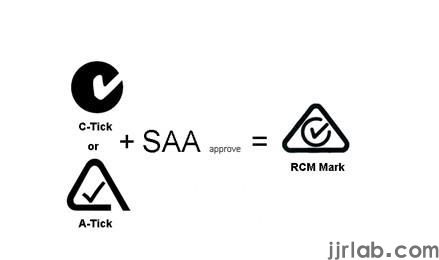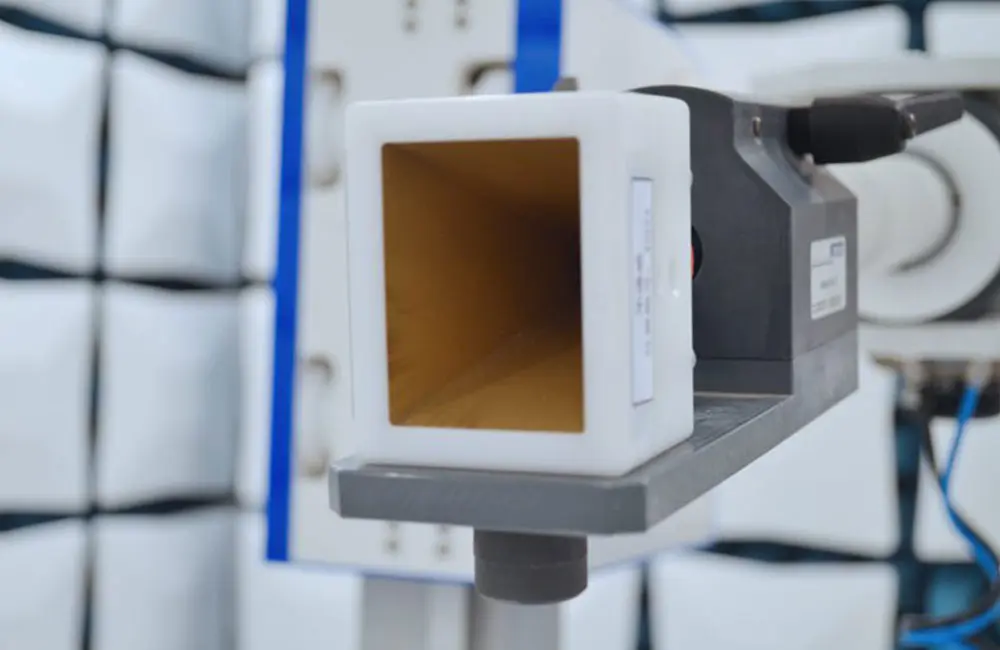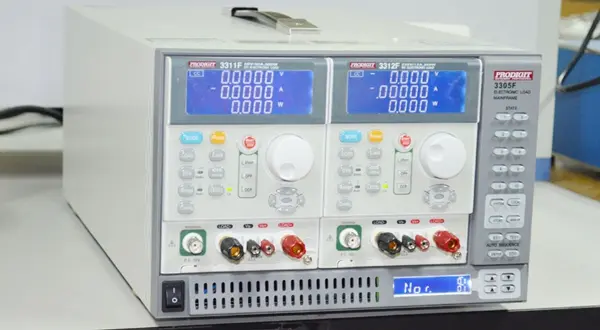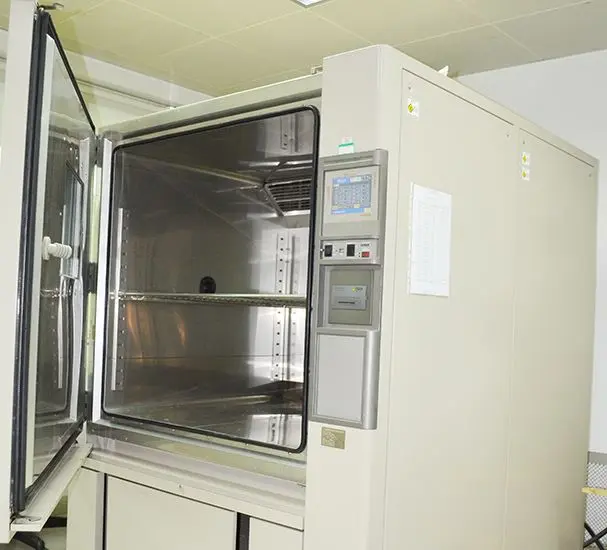
RCM Certification & A-Tick Certification
Introduction to saa certification
SAA stands for the Standards Association of Australia, which is the abbreviation for the Australian standards-setting body. In 1999, the association transitioned into a limited company known as Standards Australia International Limited, abbreviated as SAI. SAI operates independently as a proprietary company with no direct government affiliation. While we commonly refer to Australian certification as SAA certification, SAA primarily focuses on standard-setting rather than issuing product certification certificates. SAA does not have a fixed logo; instead, certifications are represented by certificate numbers. Once certificates are issued by nationally accREDited laboratory institutions, they are marked with the abbreviation code of the certifying company and registration number, indicating compliance with safety standards. These certification numbers must be displayed on labels.
Introduction to c-tick certification
In Australia, the electromagnetic compatibility (EMC) requirements for electrical products are monitored by the Australian Communications Authority (ACA). Apart from Australian and New Zealand standards (AS/NZS), ACA recognized an additional 103 standards in 2002, including EN, IEC, and CISPR. Since January 1999, Australia has enforced mandatory electromagnetic interference (EMI) requirements for all products within specified standards. Some EMC test items are also mandatory, including conducted interference, intermittent interference (clicking noise), and radiated interference. Other EMC items are not mandatory. Products must undergo testing to comply with relevant standards before they can be labeled with the C-Tick. Any company or individual wishing to use this mark must apply to the government regULatory authority for written approval. Additionally, the height of the mark must not be less than 3 millimeters.
Introduction to A-tick Certification
A-Tick is a certification mark issued by the Australian Communications Authority (ACA) for telecommunications equipment.
Introduction to rcm certification
RCM certification is a symbol introduced by Australia and New Zealand to achieve unified identification of electrical products. This symbol is a trademark owned by the regulatory authorities of Australia and New Zealand, indicating compliance with both safety regulations and EMC requirements. RCM certification controls electrical products mainly classified into non-controlled and controlled categories, as not all products marked with the RCM require registration. Non-controlled products do not require registration, with only Level 3 electrical products currently specified for registration, including high-risk categories such as power adapters and vacuum cleaners. Generally, the rcm mark should be displayed on the product label. Unlike previous requirements, the new RCM does not require the display of agent numbers. After the announcement of this requirement on March 1, 2013, there was a three-year transition period, and mandatory enforcement began on March 1, 2016. Manufacturers must strictly comply with the relevant testing standards. Due to the new requirements of the RCM, in addition to the higher risk of non-compliant product quality for importers, importers must also pay registration and annual fees, resulting in a very limited number of companies able to provide this service.

Basic Information about RCM Certification
- Certification Nature: Mandatory requirement
- Factory Inspection Required: No
- Local Representative Required: Yes
- Certificate Validity Period: 2 years, 3 years, 5 years
- Application Cycle: One week after obtaining SAA safety certification and C-Tick/emc report.
Content of RCM Certification
RCM = Safety + EMC + Importer Declaration
Relationship between SAA, C-Tick, A-Tick, and RCM Certification
SAA certification focuses on safety regulations, while C-Tick certification controls EMC and radio products, and A-Tick certification controls telecommunications products. The RCM symbol, introduced in 2013, is a certification mark. Once a product obtains safety certification and electromagnetic compatibility registration, it can obtain the RCM mark through the safety certification regulatory authority. Starting from March 1, 2016, all electronic and electrical products sold must use the RCM mark, replacing the A-tick and C-tick marks. RCM can be understood as a registration system, incorporating SAA and C-TICK.
Email:hello@jjrlab.com
Write your message here and send it to us
 LED Lighting EMC Testing Service
LED Lighting EMC Testing Service
 EU REACH Compliance Testing Services
EU REACH Compliance Testing Services
 Electronic and Electrical Reliability Testing Serv
Electronic and Electrical Reliability Testing Serv
 Electronic & Electrical Safety Compliance Test
Electronic & Electrical Safety Compliance Test
 Shenzhen Electronic Electromagnetic Compatibility
Shenzhen Electronic Electromagnetic Compatibility
 How to Test IP68 Rating
How to Test IP68 Rating
 Differences Between FDA and LFGB for Food Contact
Differences Between FDA and LFGB for Food Contact
 Process and Precautions for Amazon CPC Certificate
Process and Precautions for Amazon CPC Certificate
Leave us a message
24-hour online customer service at any time to respond, so that you worry!




